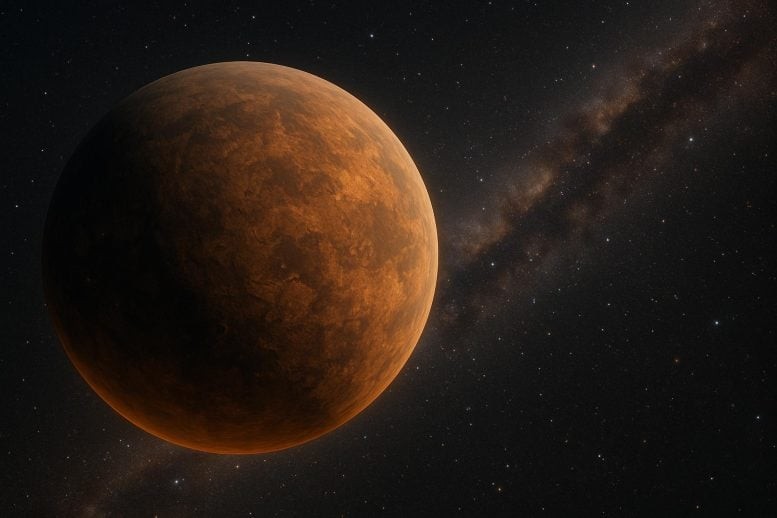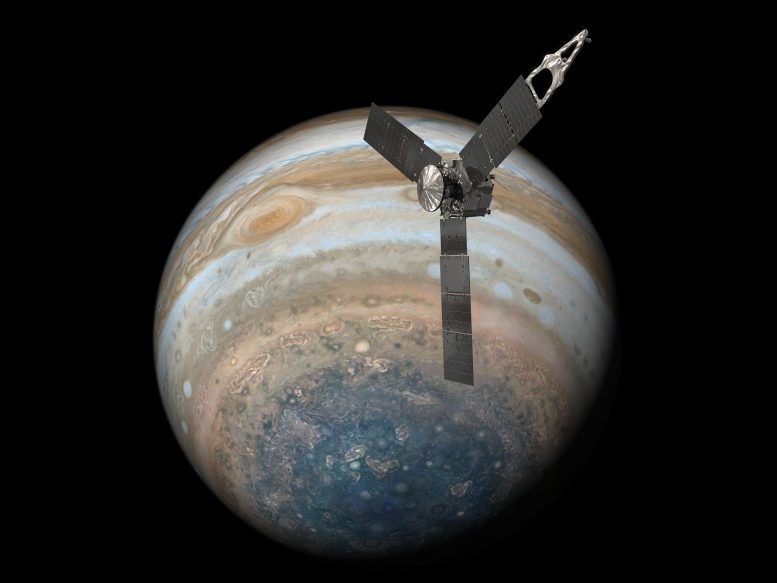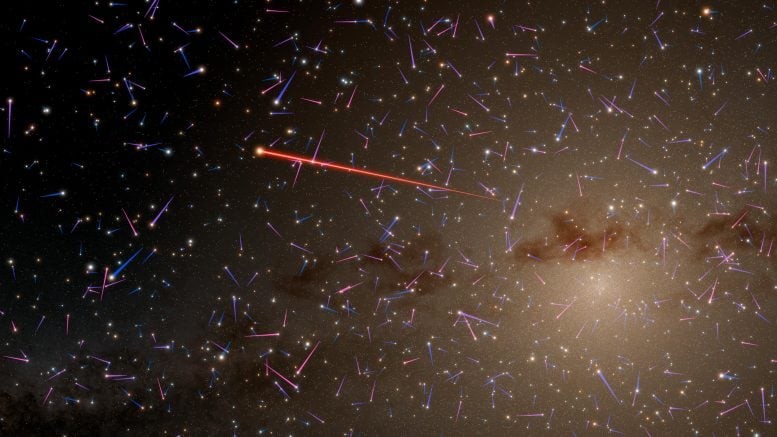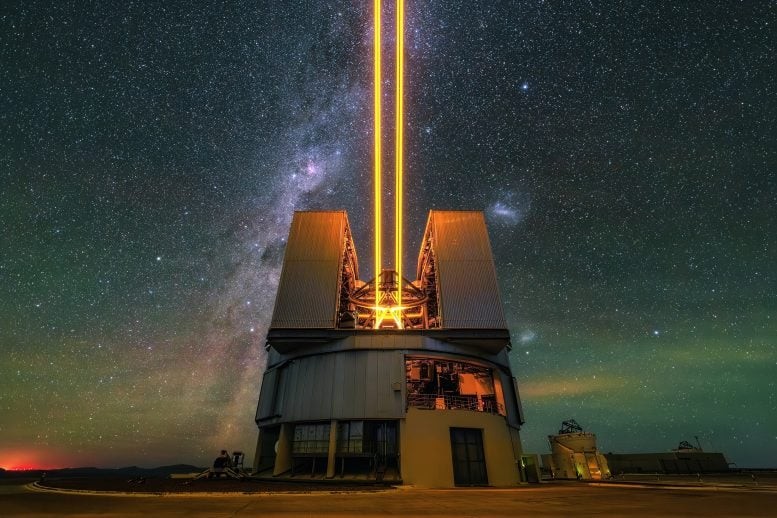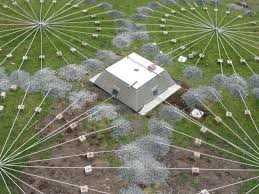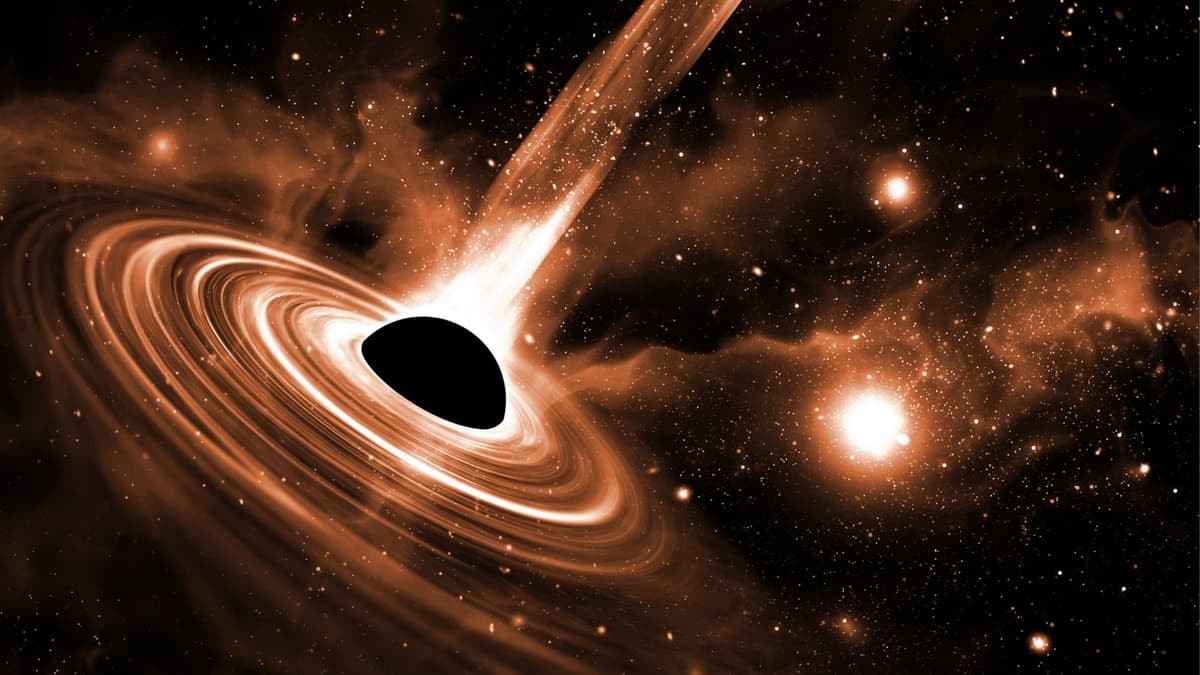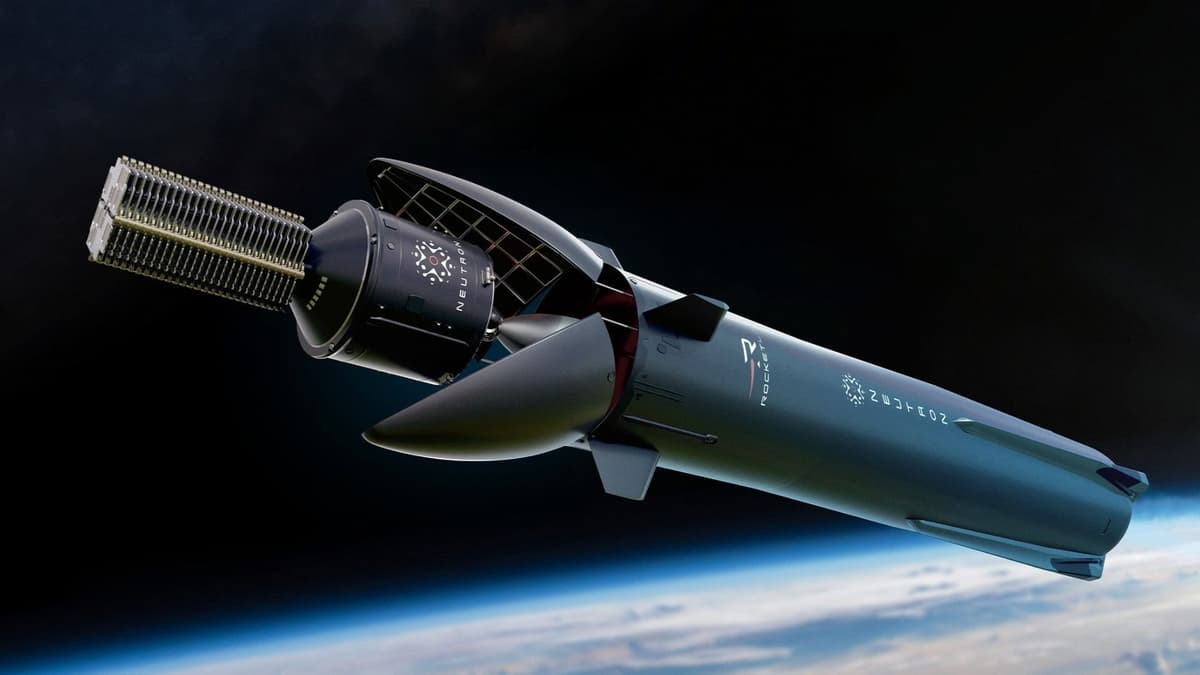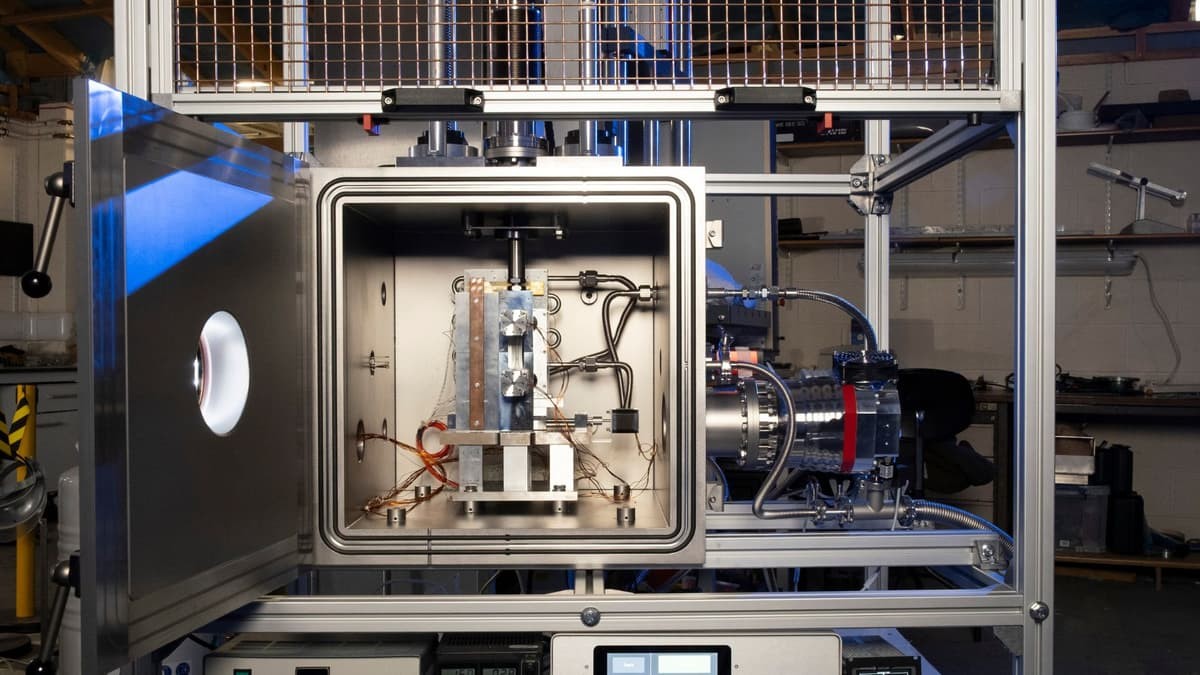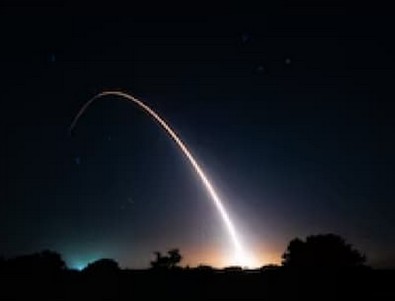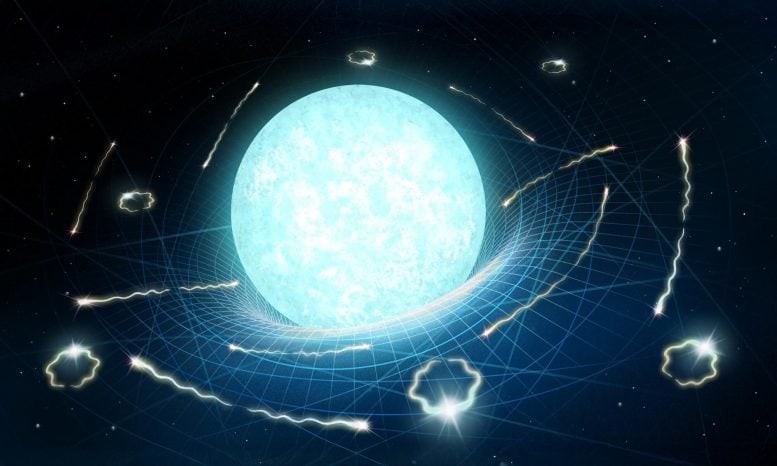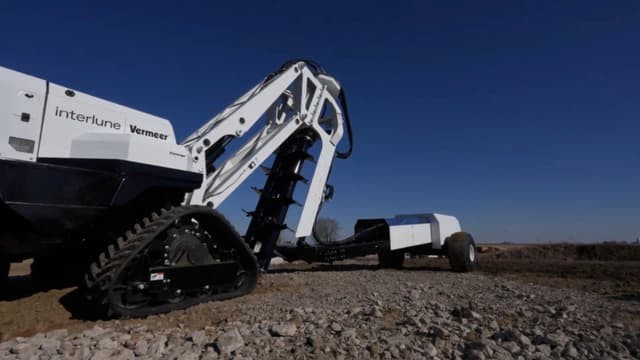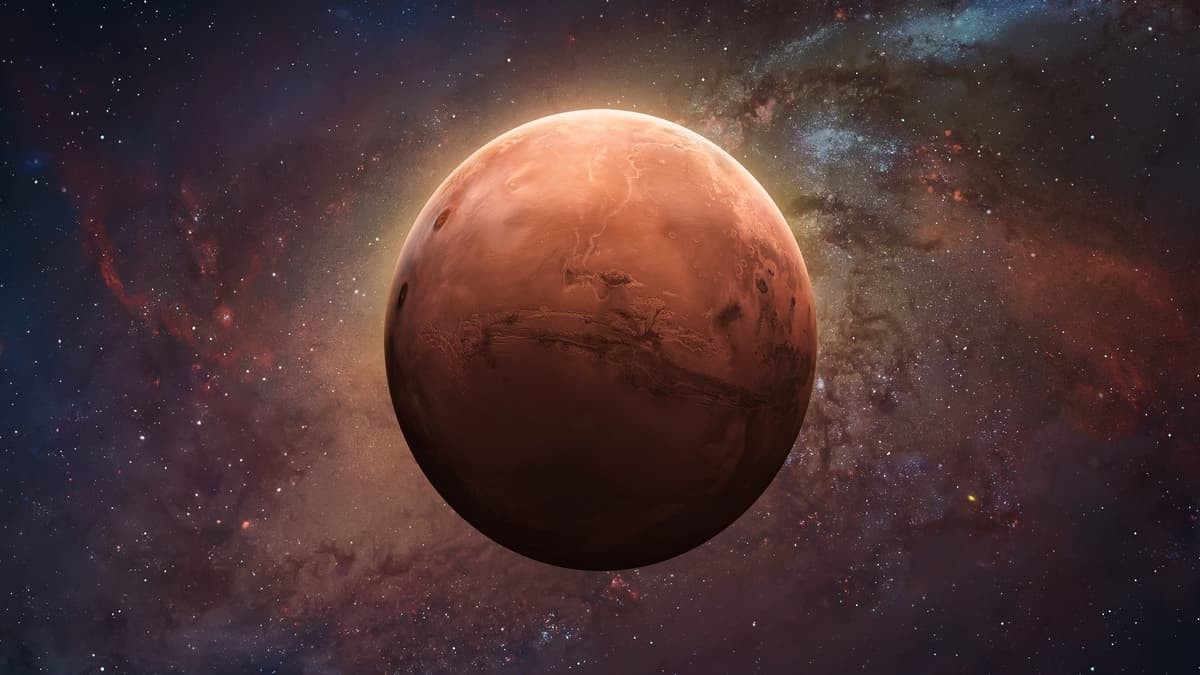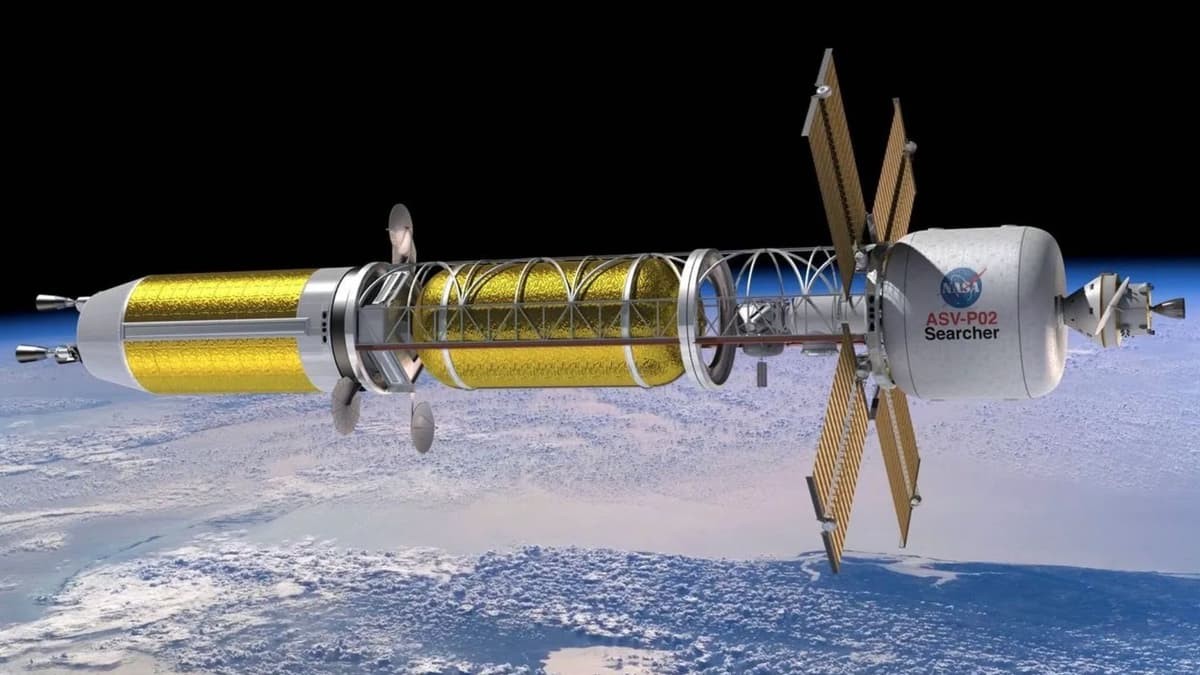Webb Spots The 'Torch Dragon'-A Galaxy That Defies Cosmic Timelines
Astronomers using the James Webb Space Telescope have uncovered Zhúlóng, the most distant spiral galaxy ever observed, formed just a billion years after the Big Bang.
Surprisingly mature for its age, Zhúlóng boasts a well-defined, Milky Way–like spiral structure, challenging long-held beliefs about how quickly galaxies can evolve. Detected through the cutting-edge PANORAMIC Survey, this discovery suggests that the early Universe may have developed complex galactic architecture far sooner than expected—and hints that more hidden wonders from cosmic dawn await discovery.
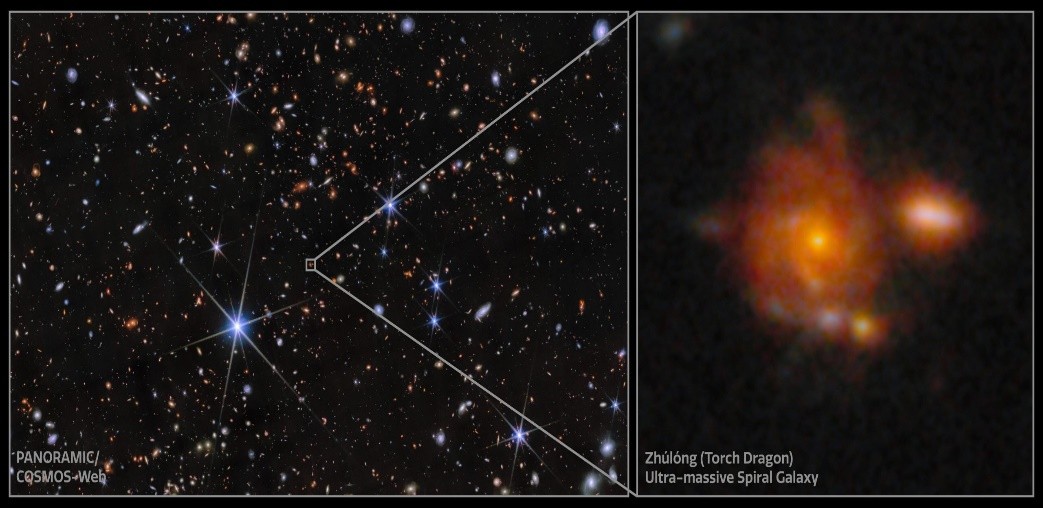
Figure 1. Webb Spots the "Torch Dragon" Galaxy.
A Glimpse into the Early Universe: Discovery of the Most Distant Spiral Galaxy
An international team led by NSF NOIRLab astronomer Christina Williams has identified the most distant spiral galaxy ever observed. Named Zhúlóng—after the mythical Chinese "Torch Dragon"—this colossal galaxy dates back to just one billion years after the Big Bang. Despite emerging so early in the Universe's history, Zhúlóng already displays a surprisingly mature and well-organized spiral structure. Figure 1 shows Webb Spots the "Torch Dragon" Galaxy.
The discovery was made as part of the PANORAMIC Survey, a cutting-edge initiative using the James Webb Space Telescope (JWST). While spiral galaxies like our Milky Way are common today, they are exceedingly rare in the early Universe. Current theories suggest such complex formations take billions of years to develop, which makes Zhúlóng a groundbreaking and puzzling find—the earliest and most ancient spiral galaxy ever detected.
Zhúlóng: A Cosmic Torch Dragon
Named after a mythological Chinese dragon symbolizing light and cosmic rhythms, Zhúlóng is remarkable for its unexpected level of galactic maturity. The galaxy was discovered through the PANORAMIC Survey, a wide-field imaging initiative designed to support and enhance upcoming large-scale astronomical surveys.
Co-led by Christina Williams and Pascal Oesch of the University of Geneva (UNIGE), the survey used observations from the James Webb Space Telescope (JWST). The project aims to create a broad imaging foundation that complements future wide-area efforts like the Legacy Survey of Space and Time (LSST), which will be carried out by the NSF–DOE Vera C. Rubin Observatory under the direction of NOIRLab.
Uncovering Rare, Massive Galaxies
"Wide-area surveys are key to finding rare, massive galaxies," says Christina Williams, co-author of the study [1]. "Our aim was to discover bright, massive galaxies from the Universe's early epochs to understand their formation and evolution."
Zhúlóng stands out with its surprisingly mature structure, resembling galaxies like the Milky Way despite its early existence. With a mass and size similar to our galaxy, it features a compact core of older stars and a disk of younger stars organized into spiral arms.
Spiral Arms Forming Faster Than Expected
This discovery challenges previous beliefs, showing that spiral arms can form in just one billion years, not billions, as once thought. Zhúlóng is the only known galaxy from this era with such a defined spiral structure.
The Fragility of Early Spiral Galaxies
The rarity of galaxies like Zhúlóng suggests spiral structures may be short-lived in the early Universe, disrupted by galactic mergers. Spiral galaxies may become more stable in later epochs, explaining their prevalence today.
The PANORAMIC Survey, using JWST’s “pure parallel mode,” was one of the first to employ this technique. “It was an exciting challenge to use this new observing mode,” says Williams.
A New Era of Discovery
Future JWST and ALMA observations will refine our understanding of Zhúlóng, and ongoing surveys are expected to reveal more such galaxies, shedding light on the early Universe's evolution.
Reference:
- https://scitechdaily.com/james-webb-unveils-torch-dragon-a-galaxy-that-shouldnt-exist-yet/
Cite this article:
Keerthana S (2025), Webb Spots The 'Torch Dragon'—A Galaxy That Defies Cosmic Timelines, AnaTechMaz, pp.380


